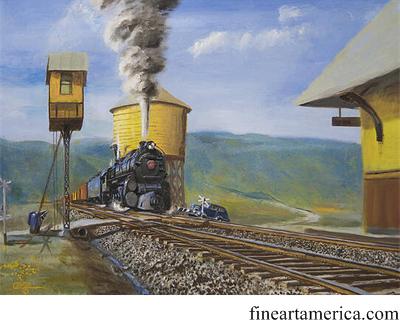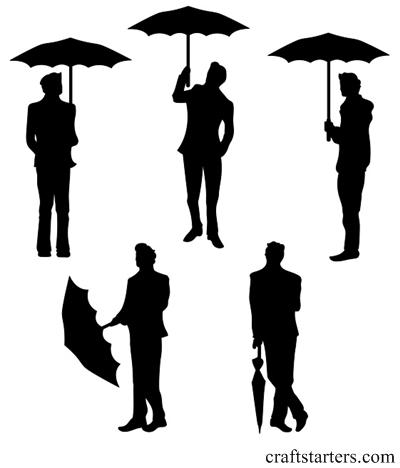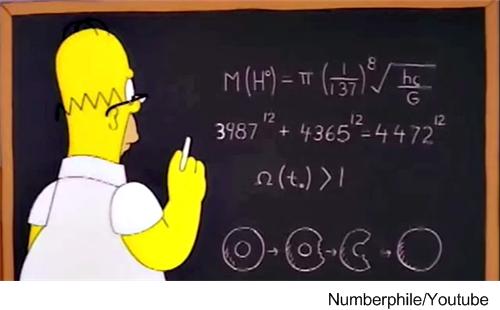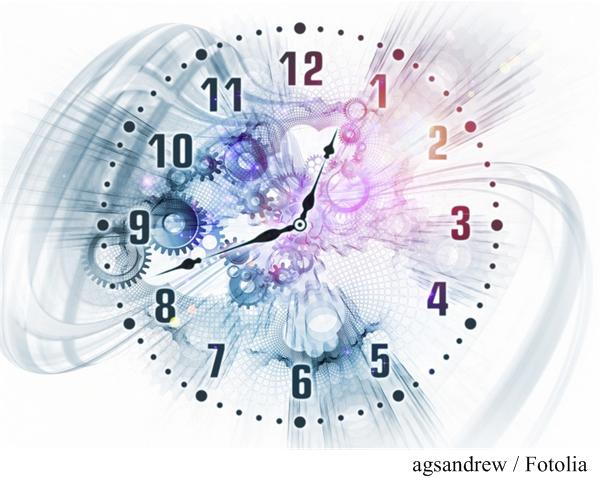 This is an interesting problem from the 1966 Eureka magazine.
This is an interesting problem from the 1966 Eureka magazine.
“A railway and a road run together for seven miles from P to Q. Two miles from P there is a level crossing, which is closed one minute before, and opened one minute after, a train passes.
A train passes a Stationary car at P and travels on to Q at 60 m.p.h., and, forgetting to slow down, crashes at Q; the car passes the train as it crashes. Assuming that stopping for an instant from full speed loses the car one minute, of what speed must it be capable?”
See the Railway Crossing Problem for a solution.

 This is a rather mind-boggling problem from the 1947 Eureka magazine.
This is a rather mind-boggling problem from the 1947 Eureka magazine. This is a fun problem from the 1949 Eureka magazine.
This is a fun problem from the 1949 Eureka magazine.

 This problem comes from the “Problems Drive” section of the Eureka magazine published in 1955 by the Archimedeans at Cambridge University, England. (“The problems drive is a competition conducted annually by the Archimedeans. Competitors work in pairs and are allowed five minutes per question ….”)
This problem comes from the “Problems Drive” section of the Eureka magazine published in 1955 by the Archimedeans at Cambridge University, England. (“The problems drive is a competition conducted annually by the Archimedeans. Competitors work in pairs and are allowed five minutes per question ….”)